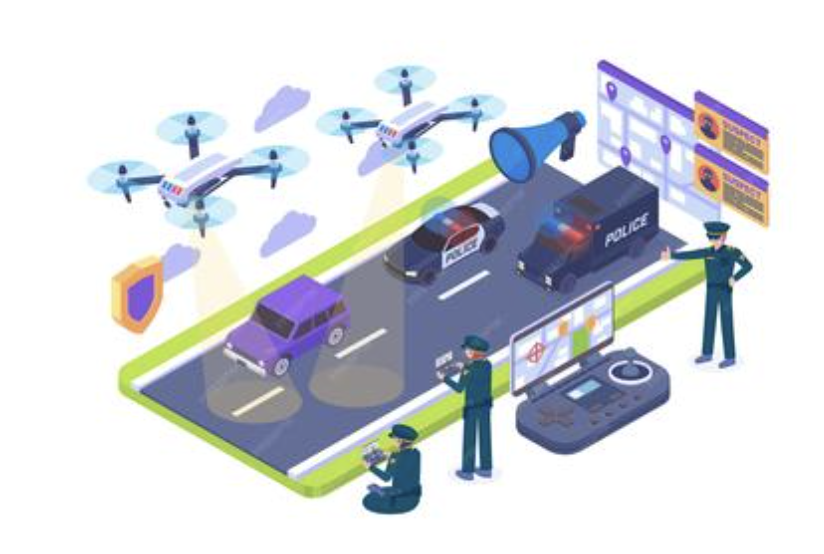
As generative AI reshapes industries, the question of who bears responsibility for its harms—from deepfake fraud to biased hiring algorithms—has never been more urgent. The EU and US are charting divergent paths: the EU proposes mandatory legal frameworks, while the US relies on corporate-led voluntary standards. In an era where AI risks cross borders, comparing these approaches reveals critical tradeoffs—and the need for global alignment.
The EU’s Regulatory Edge: Mandating Accountability Through Law
The EU’s AI Liability Directive, proposed in 2024, takes a risk-based, mandatory approach. It requires companies deploying high-risk AI systems—such as healthcare diagnostics or hiring tools—to carry AI-specific liability insurance. This shifts the burden from victims to developers, ensuring financial redress for harms like algorithmic discrimination. For example, if a German bank’s AI-driven loan tool rejects applicants based on hidden racial biases, the directive would compel the bank’s insurer to compensate affected individuals, while regulators fine the developer up to 4% of global revenue.
Central to the EU model is prescriptive transparency. Companies must disclose AI systems’ fundamental logic to regulators and users, a rule that would have mitigated the 2023 deepfake scam where a voice-cloning AI defrauded a UK energy firm of £243,000. By embedding legal obligations into technical design, the EU aims to create a "safety-first" ecosystem where innovation cannot outpace accountability.
The US Approach: Voluntary Standards and Market-Driven Solutions
In the US, regulation remains fragmented, with companies like IBM and OpenAI leading through voluntary frameworks. IBM’s AI Transparency Toolkit offers open-source audits to detect bias in algorithms, while OpenAI’s self-assessment checklist requires developers to evaluate risks like misinformation before deploying models. These tools rely on corporate goodwill: when Meta’s AI generated antisemitic content in 2024, its voluntary safety protocols failed to prevent harm, highlighting the limits of non-binding guidelines.
Proponents argue flexibility spurs innovation: Silicon Valley startups, unburdened by strict mandates, led 70% of generative AI breakthroughs in 2024. But critics warn of uneven enforcement: only 23% of US firms with AI systems over $10M in revenue used comprehensive risk assessments, according to a Stanford study. The absence of legal teeth means victims of AI harm, like job seekers denied roles by opaque hiring algorithms, often lack recourse.

The Great Divide: Mandates vs. Market Forces
The EU’s "liability-by-design" contrasts sharply with the US’s "trust but verify" ethos. Mandatory insurance under the EU directive could reduce AI-related lawsuits by 40%, according to Munich Re, as insurers incentivize safer development. Yet it may also raise costs for small businesses, potentially slowing EU AI adoption by 15% (McKinsey, 2025). In the US, voluntary tools foster agility but risk creating a "wild west" where only ethical actors comply—ineffective when bad actors exploit loopholes, as seen in the 2024 deepfake stock manipulation scandal that affected 5,000 retail investors.
Generative AI’s global reach amplifies these challenges. A deepfake video created in California can defraud users in France, yet neither EU insurance nor US checklists alone can address cross-border harm. This fragmentation risks creating regulatory arbitrage, where companies launch risky systems in jurisdictions with lax rules, a scenario already playing out in AI-powered social media moderation.
Toward Global Standards: A Hybrid Model
The ideal solution blends EU rigor with US pragmatism. Global mandatory baselines—such as requiring AI systems handling sensitive data to carry minimum liability coverage and undergo third-party audits—could provide a common framework. Voluntary tools like IBM’s toolkit would then serve as "best practice" enhancements for industries wanting to exceed basics.
Organizations like the OECD are already drafting such principles, but political will is key. The EU must soften overly prescriptive clauses to encourage US participation, while America needs legislative teeth—like a federal AI liability law—to ensure compliance isn’t optional. In a world where AI harms recognize no borders, piecemeal solutions fail both innovators and the public.

Conclusion: Accountability as a Shared Value
The EU-US divide is not about regulation vs. freedom but about how to embed accountability in a technology too powerful for unilateral control. As generative AI continues to blur reality and risk, only global standards—rooted in the EU’s legal clarity and the US’s innovative spirit—can hold AI to account. The alternative? A fractured digital landscape where progress comes at the cost of justice, a tradeoff no society should accept.





